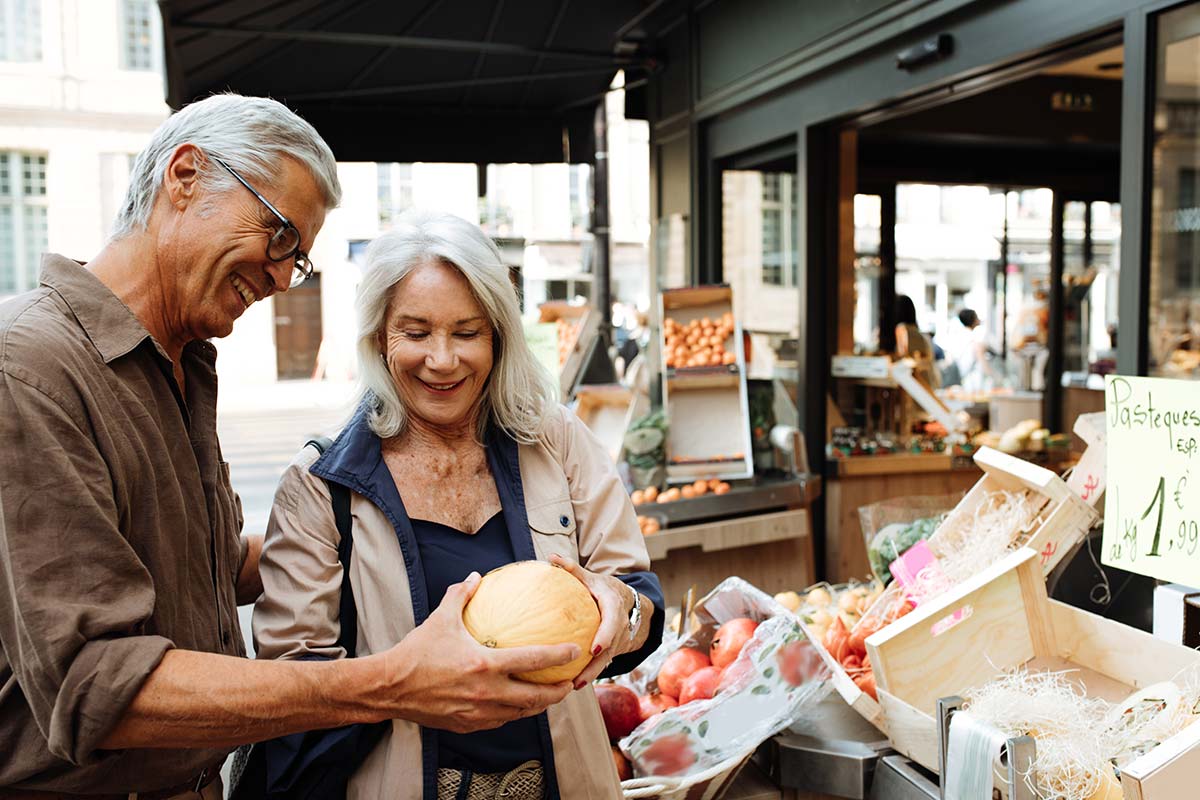The Benefits of Walkable CommunitiesPart 2
Five Common Features of Walkable Communities
If you like the idea of living in a neighbourhood where you can walk to your appointments, get to know your neighbours and enjoy cleaner air and less traffic congestion, a walkable community could be perfect for your needs. From Edmonton’s Railtown, built in the late 1990s, to Sherwood Park’s Emerald Hills Urban Village, currently being developed in Sherwood Park, Christenson has been at the forefront of building walkable communities in the Capital Region.

In Part 1 of this two-part blog post, we looked at the physical, environmental and social benefits of living in a community designed for walkability. In this part, we look at five key features that walkable, complete communities have in common.
Want to live in a pedestrian-friendly community that allows you to skip the stress of driving and parking once in a while? Here’s what to look for.
Opportunities to live, work and play
One of the first things to look at when assessing the walkability of a neighbourhood is the number of amenities you have within a 30-minute walk of your front door and the quality of pedestrian routes to reach them.
Living within walking distance of amenities—think grocery stores, shopping, dining, medical services and more—means convenience, more things to do and more employment opportunities. Research also shows that neighbourhoods with a rich diversity of residential, commercial and institutional developments have significantly more pedestrian activity than those that don’t, which is good for you and the planet.
A range of housing options
A great example of a community designed with a pedestrian-friendly lifestyle in mind is Edmonton’s Railtown, one of Christenson’s first “urban village” developments.
In this downtown neighbourhood, high-rise condo towers, townhouse complexes, seniors’ housing and small businesses surround a public park and shopping plaza, and people of all ages can be seen walking to and from work, shopping and dining.
Having a variety of housing options in an area draws a greater range of people to a community, from students and young professionals to retirees and families. This leads to more diverse and dynamic neighbourhoods with a variety of things to see and do and more opportunities for multi-generational social interaction.
Transportation choices
Major cities invest a lot of resources into infrastructure projects that make driving easier, like expanding roads, building freeways for heavy commuter traffic and adding more parking lots.
Communities that are trying to be less car-centred also invest in alternative transportation options that increase physical activity and reduce traffic congestion and greenhouse gas emissions. Examples include building more bike lanes, updating buses and trains in the public transit system, and designing better transit routes and schedules based on demand.
A focus on pedestrian safety
When sidewalks and mixed-use pathways are built with accessibility and convenience in mind, people are more likely to want to walk or cycle to nearby amenities. In older neighbourhoods, just repairing and maintaining aging sidewalks and ensuring that they’re well lit can improve safety and encourage walking.
Crosswalk safety matters too, especially in school zones and areas that see a lot of traffic. All pedestrians benefit from marked crosswalks with flashing lights or full traffic signals, but they’re especially important for kids and seniors, who may move more slowly or be less visible to motorists.
More green spaces
If you have the opportunity to go to a wooded area and enjoy some "forest bathing" — a Japanese trend that’s catching on in North America—your mind, body and spirit will be better for it. But what if you live in an urban centre and don’t get the chance to go on adventures in the great outdoors that often?
Studies have found that just hanging out in a park, a garden or an area with a lot of trees can make a difference to your wellbeing. The simple act of walking in a green space can reduce stress levels and improve mental health.
Public green space, pathways and trees all contribute to pedestrian-friendly communities where people want to get out and walk rather than drive everywhere. Green space along sidewalks also provides another buffer between the sidewalk and the road, increasing pedestrian safety.
Find walkable, complete communities near you
If you’re interested in learning more about pedestrian-friendly neighbourhoods near you, check out our Communities page. Many of our developments are located in bustling “urban villages” with everything you need just a short walk away.
Back to News





